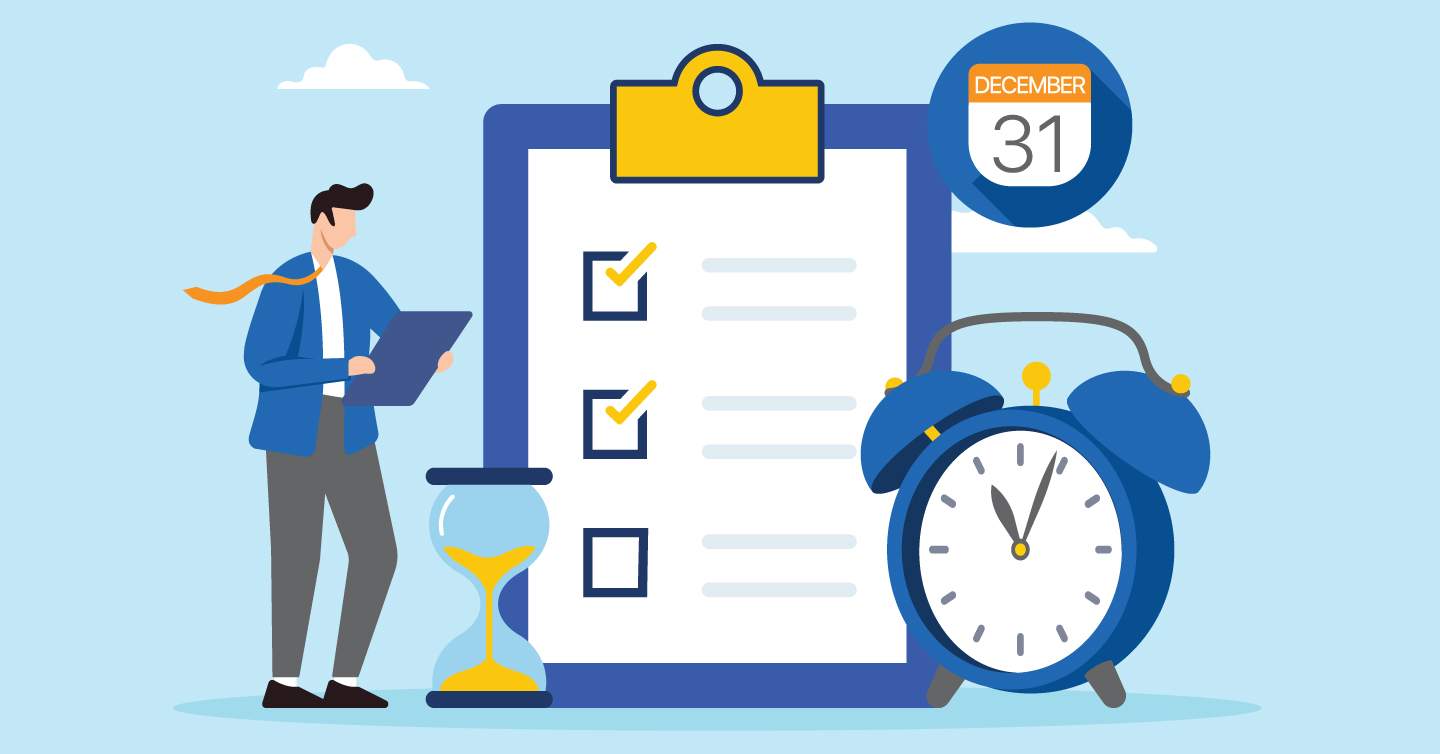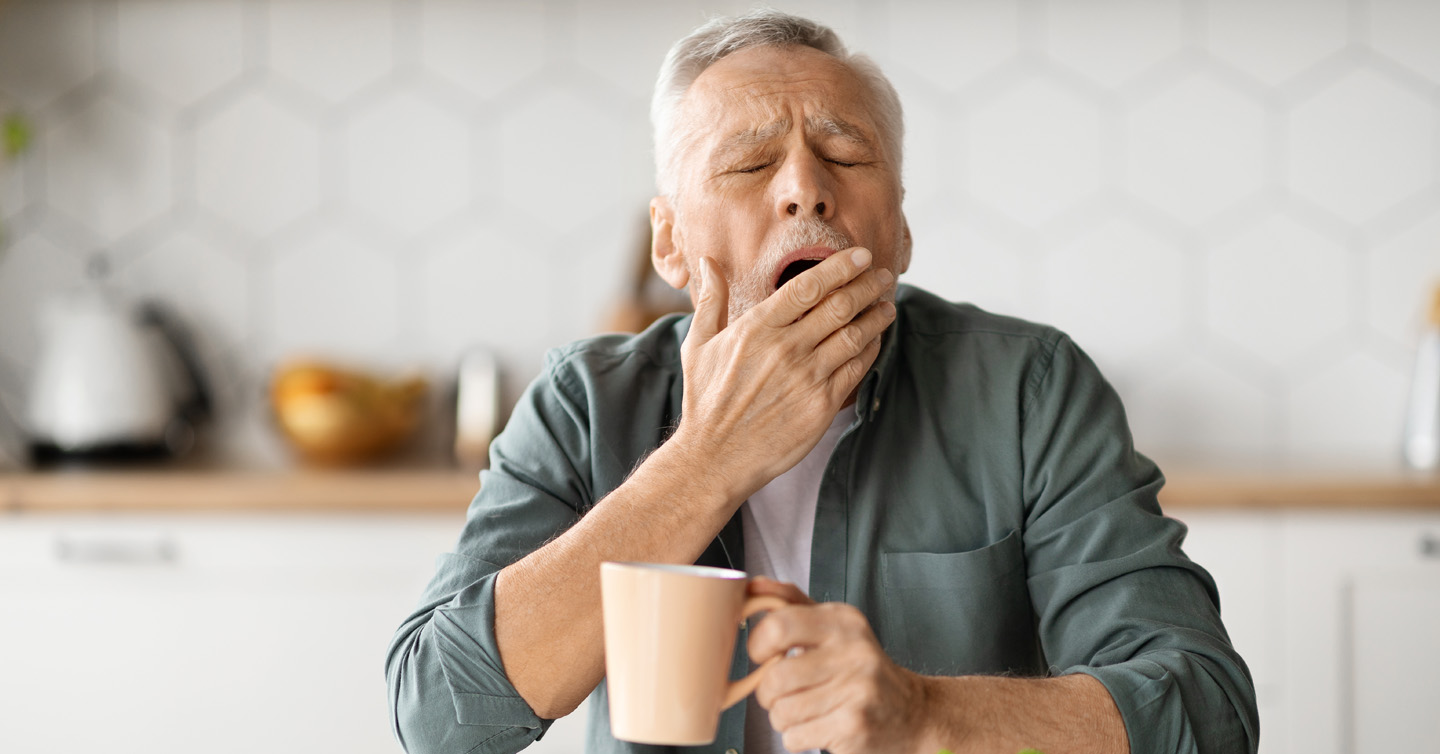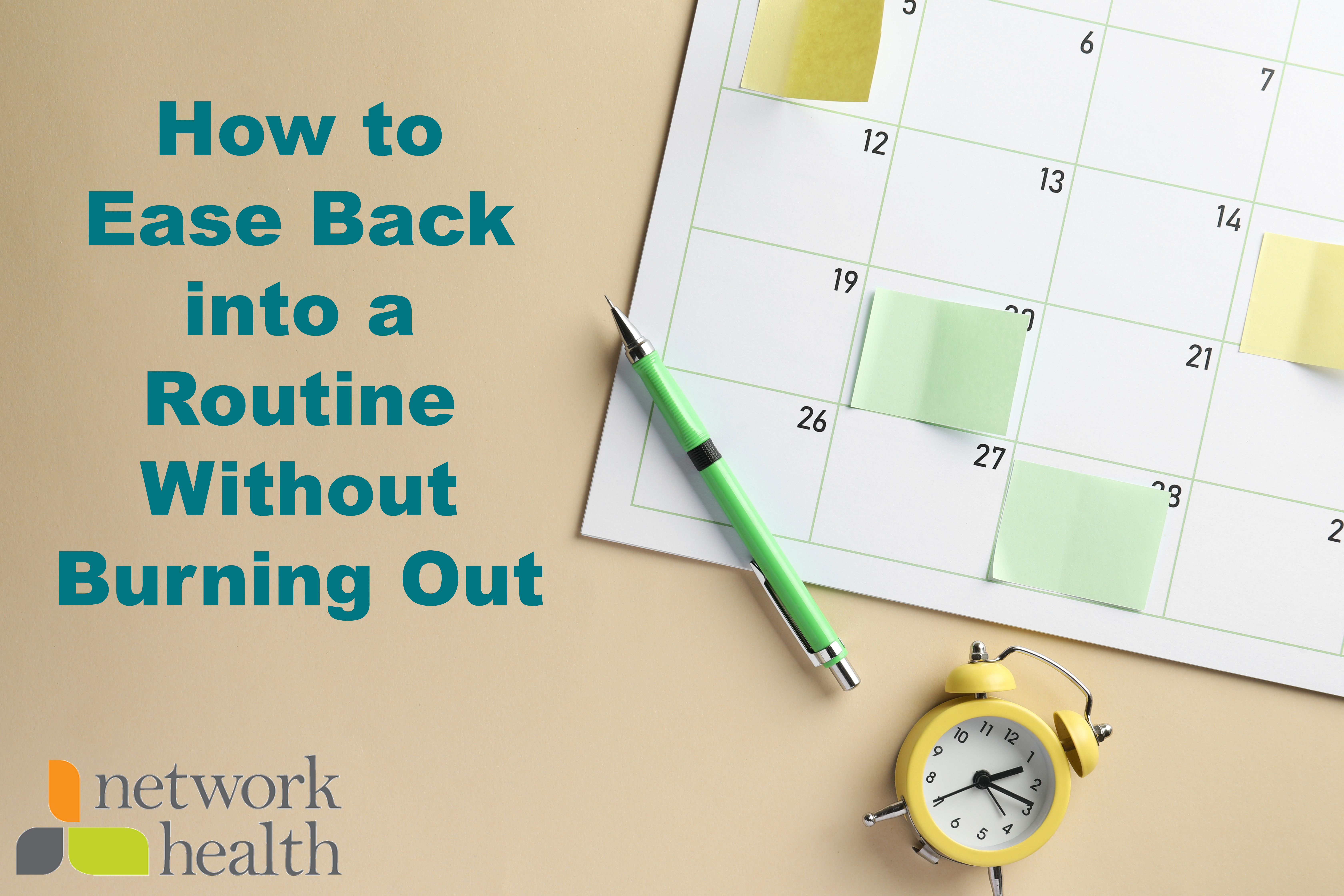Everything to Know About Urinary Incontinence

By Heidi G. BSN, RN, quality care coordinator at Network Health
Urinary incontinence is the loss of bladder control that can cause unintentional urine leakage. This can affect people of all ages and genders; however, it is more common in older adults and women. This does not have to be a normal part of aging; most times you can work with your personal doctor to resolve it.
What are the Different Types of Urinary Incontinence?
Stress – caused by pressure on bladder with laughing, coughing, sneezing, exercising, lifting heavy objects
Urge – sudden, intense urge to urinate followed by involuntary loss of urine; may need to urinate often, including throughout the night
Overflow – frequent or constant dribbling of urine when the bladder does not empty completely
Functional – physical or mental impairment keeps you from making it to the toilet in time; for example, if you have severe arthritis, you may not be able to unbutton your pants quickly enough
Mixed – more than one type is experienced; most often a combination of stress and urge incontinence
What are the Risk Factors for Urinary Incontinence?
The health of your bladder can be impacted for a variety of reasons. Urinary incontinence may be caused by the following.
|
- Infections, such as urinary tract or vaginal infection - Constipation - Medication side effects - Caffeine, alcohol - Weakened pelvic floor muscles - Overactive bladder muscles |
- Smoking - Fluid intake - Dementia or other cognitive impairments - Impaired mobility - Environmental factors, such as lack of toileting assistance or access to a toilet |
Why You Should Seek Medical Advice
If incontinence is frequent or is negatively affecting your quality of life, it is important to seek medical advice because urinary incontinence may cause you to:
- Restrict your activities and limit your social interactions
- Increase the risk of falling in rushing to the toilet
- Lead to a loss of independence
- Indicate a more serious underlying condition
When to Seek Medical Advice
Although common, incontinence should not be considered as normal. If you check any of the boxes below, you should schedule an appointment with your provider.
- Do you have problems not making it to the bathroom in time?
- Do you feel as though your bladder is never empty?
- Are you constantly getting up in the middle of the night to use the bathroom?
- Have you altered your activity level due to fear of an accident in public?
- Do you leak urine when you sneeze, cough, laugh or simply stand-up from a sitting position?
Types of Urinary Incontinence Treatments
Different treatment options are available to help manage urinary incontinence, depending on the cause. Your doctor may run some tests, refer you to a specialist, or recommend treatments such as bladder training, pelvic floor muscle exercises, medications, devices and/or surgery.
How Can You Take Action?
Talk with your person doctor – Don’t be embarrassed to discuss the loss of bladder control with your personal doctor. To help guide your conversation, consider the following.
- Be Proactive. Don’t wait until the last minute to bring up the subject. Take charge of the conversation and address it early. You could start by saying, “there have been several times when I cannot control my bladder.”
- Come Prepared. Gather as much information as possible. Keep a bladder diary for a few days to create a record of all the symptoms and share with your provider. Include details such as those below.
- Recorded toilet habits
- A list of everything you ate and drank
- Any nighttime trips to the bathroom and their frequency
- Note the strength of urine flow
- Details about any accidents and what happened to cause them
There is no such thing as a detail too small to mention. One of the keys to success in treatment to improve bladder control is to first get accurately diagnosed.
Focus on fluids and food – Too much fluid can make bladder problems worse. Too little fluid can cause body waste products to build up in urine, which can irritate the bladder and increase the need to go. Avoid foods or beverages that have been known to irritate overactive bladder symptoms, including these.
- Alcohol
- Caffeinated beverages and food
- Carbonated beverages
- Citrus and high water-content foods
- Artificial sweeteners
- Spicy food
Avoid constipation – Straining during bowel movements can damage the pelvic floor. Unfortunately, some medicines used to treat bladder control can make constipation worse. To improve constipation, exercise, drink enough water and eat high-fiber foods, such as lentils, beans, vegetables, and fruits.
Maintain healthy weight – Extra body weight can put pressure on the stomach and bladder. This can cause leaking.
Stop smoking – Smokers are more likely to have bladder control problems and worse symptoms. Heavy smokers tend to cough. Coughing can put more pressure on the bladder and make it harder to control.
Try bladder training – People with bladders that are overly active get used to urinating often or at the slightest urge. Some might visit the toilet to keep from having an accident even when there's no need to. After a while, the bladder signals the brain it's full when it's not, which creates the urge to urinate. Bladder training involves changing habits and means going to the toilet at set times, even when there's no urge to urinate. If the times between urinating increase little by little, the bladder fills more fully. This helps control the urge to urinate.
Strengthen your bladder floor – Practice Kegel exercises to help strengthen the bladder muscles.
Manage medicines – High blood pressure medicines, heart medicines, diuretics or water pills, muscle relaxants, antihistamines, sedatives, and antidepressants all can play a part in bladder control problems. If you can't hold your urine or can't urinate while taking these drugs, talk to your health care provider.
Click on these links for more information on treatment options and lifestyle strategies.
Bladder control: Lifestyle strategies ease problems - Mayo Clinic
Bladder And Bowel Health - National Association For Continence (nafc.org)
ADRC: Find Your Local ADRC | Wisconsin Department of Health Services
If you have a health plan with Network Health, learn more about condition management by calling 866-709-0019 (TTY 800-947-3529) Monday-Friday from 8 a.m. to 5 p.m.



